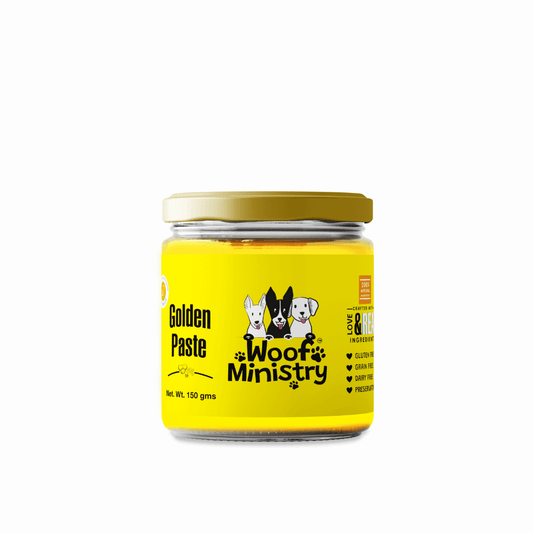Common Causes:
Obese animals and those that get occasional strenuous exercise -- so-called "weekend warriors" -- may also be more likely to develop CCL injuries. Often, these chronic conditions persist for long periods of time, with the dog gradually becoming lamer as the ligament becomes more and more damaged. Sometimes, however, a dog will have no obvious symptoms until the ligament finally ruptures, often with something as simple as a slight misstep. Additionally, some studies have shown that 5% of males neutered before 12 months and 8% of females developed CCL injuries later in life. Studies have shown that about half of the dogs that rupture the CCL on one leg will develop the condition in the opposite leg.
Natural Remedies and Preventative Measures:
To avoid any injury, exercise your dog regularly with a proper warm up prior to any running.We also recommend weight loss for overweight dogs. You can consult our Companion Animal Nutritionist for the best manner in which your dog can lose wight. Regular massages also help in relaxing and soothing the muscles.Food and Supplements that are anti-inflammatory can benefit a great deal. You need to make sure that you give them proper supplements and this will allow you and your pup in staying ahead of the problem, giving them the best chance possible for a healthy life.







